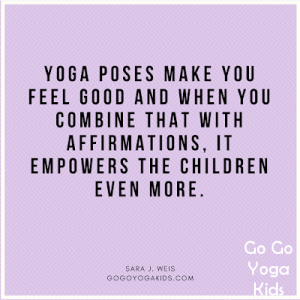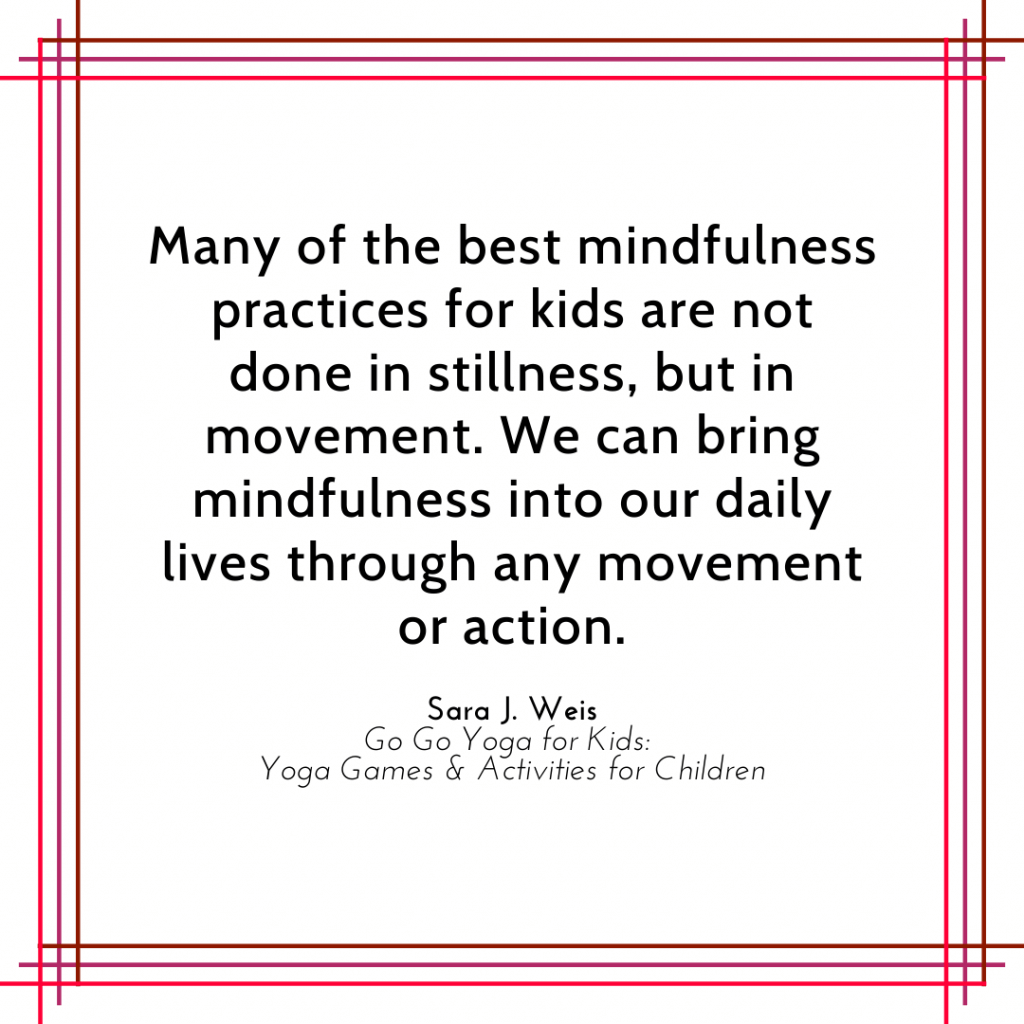
How to Use Mantras and Moving Meditation with Kids
We live in a fast-paced world and so do our children. How can we, as adults and teachers, help children connect with themselves and others and also enjoy the moments that we are in?
What we think about ourselves can often impact how we develop.
- If we feel we are inadequate, then we’ll behave like that.
- If we believe we are special and loved, we will most likely behave as if we are special and loved.
This is one reason why affirmations and mantras can be an important tool to help children develop positive foundations on which to grow. A positive self-belief system built in childhood will hopefully stay with a person throughout their life.
What are Mantras?
The word ‘mantra’ comes from Sanskrit, and is generally used to mean a special word or phrase that’s used in meditation. Some parents and teachers may be concerned that mantras conflict with their religious beliefs, but mantras don’t need to have a religious aspect or overtone.
You can think of mantras as a few positive words spoken to ourselves each day. This can make such a difference to our whole mind and heart.
Mantras are similar to affirmations, and over time they can help change the way we feel. Mantras are repeated over and over to ourselves out loud or silently. It’s a wonderful technique for kids to use to set themselves up for doing their best and feeling good about themselves and their efforts.
Providing different tools for children to practice mindfulness with mantras, breathing exercises, and yoga poses is one of my passions.
As I developed the Kids Yoga Challenge Pose Cards, I wanted to be sure to include all the important tools.
Each card shows a yoga pose and corresponding mantra. Each of the yoga poses involves a variety of muscles working and may make a person feel differently. The accompanying affirmation for each pose is short and memorable.

How to Use Mantras in Kids Yoga Classes
Try a few yoga poses with children. As they are holding each pose, ask them what muscles they feel working and also how does it make them feel.
This practice involves mindfulness since it is not only what they feel working in their body, but how the pose makes them feel, i.e. strong, brave, or peaceful. For example, Warrior 1 Pose may make them feel strong, but Child’s Pose may make them feel safe.

Then you can teach them a simple phrase, which they can remember in a stressful moment or a time of unease. Effective mantras for kids could be: “I am thankful,” “I am loved,” “I am safe,” or “Let it go,” which is also a great one for adults.


Conclusion: A Winning Combination
It is no secret that many children learn best when they are moving. As a school teacher and children’s yoga instructor, I understand that when movement and affirmations are tied together, it can be a powerful way to help children learn.
Combining mantras with yoga poses has several benefits:
- It helps children focus and concentrate;
- It helps them learn to respect their bodies and one another;
- It helps them quiet their minds and connect with each other; and
- Most importantly, mantras help them create inner confidence as children, which can help shape a person’s whole life.
Are you ready to learn more about teaching yoga to children? Our popular online Kids Yoga & Mindfulness Teacher Training includes everything you need to know to successfully learn how to teach yoga to children online and in person. Perfect for home, school and studio.














